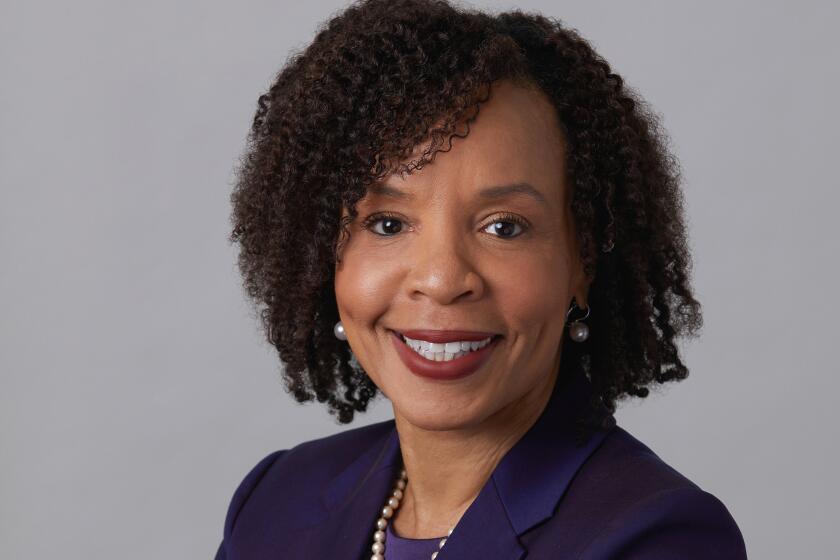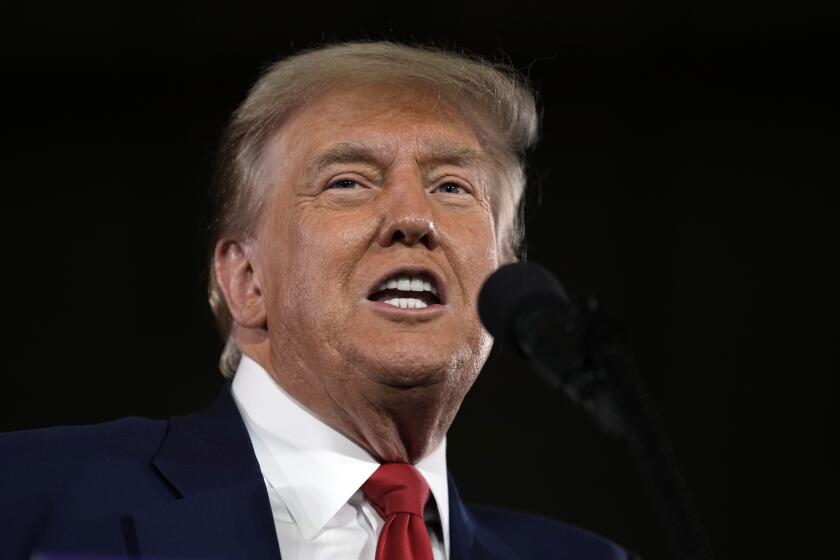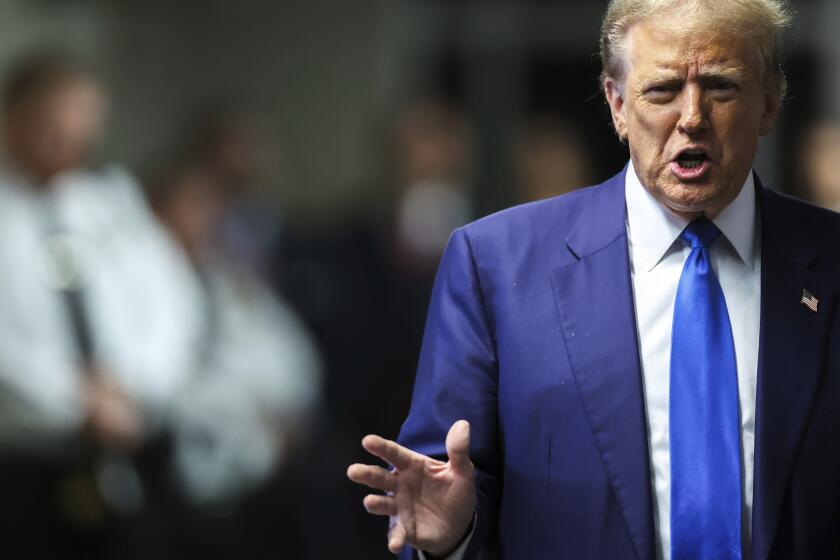Bug-Free Ballot Boxes
It is easy to snicker at Florida’s second election fiasco in two years. But amid the chuckles, we run the risk of missing the danger signs for the presidential election of 2004.
Electoral problems extend well beyond Florida, and California may just as likely be the butt of jokes next time around.
Political and legal forces have compelled states to update their voting technology with lightning speed.
Eager to avoid a repeat of the 2000 problems, Florida’s Legislature barred the notorious punch-card ballots. California, Georgia and Illinois all faced lawsuits challenging the use of punch-card systems as violating new equal protection rights that the U.S. Supreme Court seemed to recognize in its Bush vs. Gore decision.
In response to the California suit brought by Common Cause and others, Secretary of State Bill Jones agreed to eliminate punch-card voting in the state, replacing it with technology like touch-screen voting.
Jones had wanted to wait until 2006, but the plaintiffs demanded a 2004 deadline, which the federal judge agreed to.
The 2004 date may be the cause of much trouble because of the decentralized nature of our elections and the learning curve associated with any new technology.
Anyone who has worked in an office knows that when the technical folks install a new system, it takes a while to work the kinks out. Multiply that problem across hundreds of voting precincts staffed by volunteers (many of whom may not be computer savvy) and the potential for chaos is apparent.
Indeed, one of the problems at a Miami polling place Sept. 10 was the poll workers’ failure to plug in the voting machine.
Before the 2000 Florida fiasco, election officials already were phasing in touch-screen voting in Riverside County and parts of Los Angeles.
Jones also commissioned a study on the possibility of Internet voting.
Both of these efforts recognized that training and testing are key to a successful electoral system.
The rush to get everything in place by 2004 eliminates the chance to phase in new technology.
The result may be a greater equal-protection problem than the one the lawsuits are designed to eliminate.
Thousands of voters could be disenfranchised because of technology breakdowns.
Even if California gets its act together, problems across the country should be expected.
Congress began work after the 2000 election on a comprehensive election reform bill, though that effort remains bogged down in partisan wrangling over whether methods Republicans have proposed to prevent fraud will discourage poor and new voters (likely to favor Democrats) from voting.
Many states and localities have put their plans for election reform on hold until Congress provides funding. If and when that money comes through, they could try to move too quickly to change their systems.
Given how closely divided the country is along partisan lines, voting problems in 2004 could affect who holds the majority in Congress, if not the presidency. Not to mention the public’s faith in the machinery of democracy.
Yes, we need voting reform.
But we need to get it right more than we need to get it fast.
More to Read
Get the L.A. Times Politics newsletter
Deeply reported insights into legislation, politics and policy from Sacramento, Washington and beyond. In your inbox three times per week.
You may occasionally receive promotional content from the Los Angeles Times.






